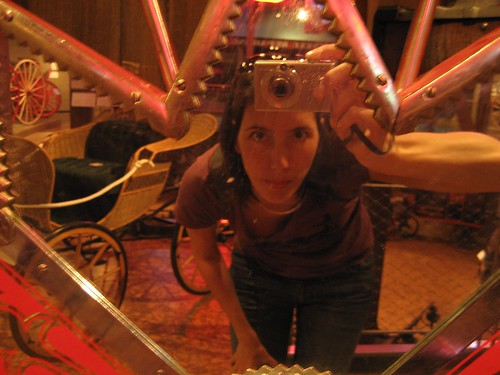Question: Stephen Jones says that at least a couple of times a week, the No. 306 or the No. 312 bus from Lake City to downtown get too full to pick up more riders.
"Sometimes the (bus) driver calls someone -- the supervisor, I assume -- to say that they had to leave people stranded at the last stops, but that rarely happens," Jones says.
He wonders why there aren't more buses to serve such busy routes.
"Does Metro consider ridership in route schedules?" he asks.
Answer: David Hull, Metro's service planning supervisor, says the farebox tracks how many riders get on at each stop, and Metro changes routes three times a year, in February, June and September.
But Metro ridership has grown by 15 percent over the past several years, he says. That's just under 50,000 more riders each weekday.
Metro doesn't have enough buses, so he says planners have to balance several things. The 306 and 312 buses, for instance, come every seven to 10 minutes during rush hour.
Putting even more buses on the routes means taking them from someplace else. "Waiting for another 306/312 bus, although frustrating, is less of a problem than not being able to get on a bus that operates only every 30 minutes," he says.
Instead of adding more buses, Hull says Metro has been putting its largest buses -- with 64 seats each -- on the two routes.
To comment on service, call 206-553-3060 or e-mail customer.comments@kingcounty.gov.
To me, the gist of the reader's question is this: Does Metro tally up the numbers of riders who get passed by because buses are too full to pick them up, and does Metro then use these numbers to help determine future bus scheduling? Maybe because I don't work for a government agency, this seems like such an obvious question that it shouldn't even need to be asked.
I love Metro's answers:
"The farebox tracks how many riders get on at each stop." Yes, we could have figured that part out ourselves, but the reader's question was specifically about the people who can't get on the bus at a stop.
And this: "Putting even more buses on the routes means taking them from someplace else." Thanks for the explanation -- I've been needing a first-grade math class refresher.
The spokesperson ignores the real comment/question. The system obviously sucks -- what's it going to take for us to get more buses?


3 comments:
The Transportation column in the Seattle P.I. is such a joke. Every week people send in thoughtful questions, and the answer is always a variation on:
a. this is not really a problem
b. it may be a problem for you, but no one else complained
c. this is why we can't fix it.
Happy New Year! -- Pat
The transit here is a huge bone of contention for me and my husband, who take it exclusively. Coming from major Canadian cities where everyone is instructed to *always* exit the streetcar/bus at the rear door I was amazed to see that this isn't the case in Seattle.
Now I know why the buses are seldom on time: because debussing passengers are clogging up the front doors so no one can get on til they get off. Things could flow so much better....
There are alot of issues I have with the transit but this is just one of them!
Kim
Maybe if people would move to the back of the bus instead of loitering near the doors the busses wouldn't have to leave people at bus stops. I have had many experiences when I have had to shove my way through a mass of people in order to get to the back of the bus to make room for other people to get on. And guess what? I have found empty seats in the back of the bus! People in Seattle seem very reluctant to make room for more people to get on the bus.
Post a Comment